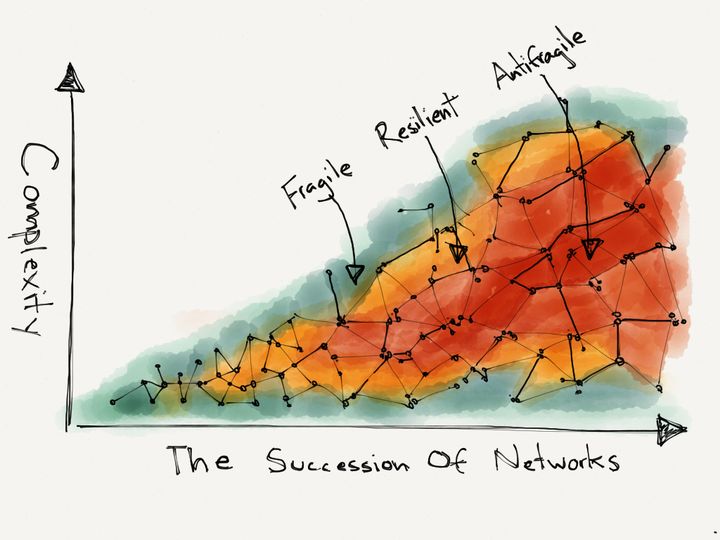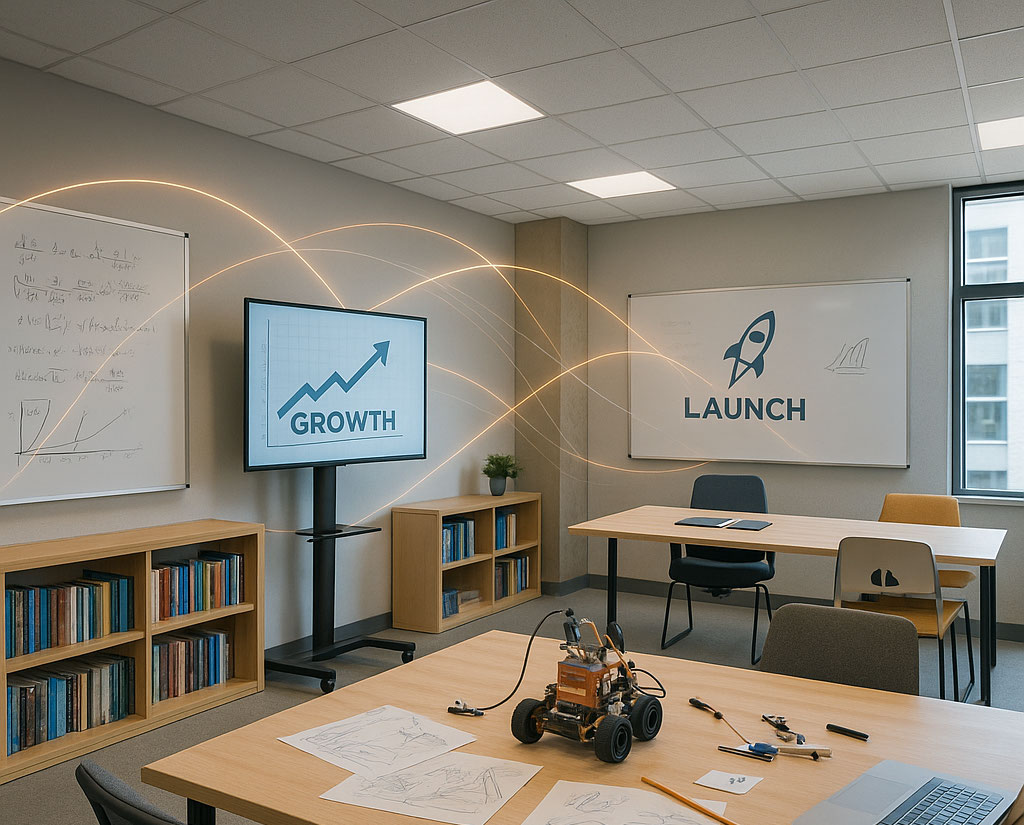
Last week, separate technical glitches plagued several major American institutions. An update on the New York Stock Exchange suspended trading for nearly four hours. A computer outage delayed thousands of United Airline flights. And even the Wall Street Journal had a glitch that kept its website offline.
With that many technical woes, it's a natural reaction to want to move out to the woods for the rest of your life and never touch a computer again. Some commentators worried that perhaps this is a symbol of us rushing to move technology into the "wild" before it is fully tested, or a signal of how tightly integrated and computer-heavy our society is.
“The problem is humans can’t keep up with all the technology they have created,” Avivah Litan, an analyst at Gartner, told the Durango Herald. “It’s becoming unmanageable by the human brain. Our best hope may be that computers eventually will become smart enough to maintain themselves.”
Also of concern is how tightly connected things are, technologically speaking. As the Times of San Diego quoted from an interview with Lance Larson, assistant director of the graduate program in homeland security at San Diego State University: "What that means is that when one thing fails, or one piece of data fails, it can affect hundreds, thousands or millions of other pieces of equipment or other pieces of data ... You can’t really just flip a switch and make things up and operational again.”
Interconnections are a valid point of concern when things go wrong. Complexity has been blamed for accidents ranging from the Challenger shuttle explosion to the Three Mile Island nuclear reactor incident. But perhaps lesser-noticed in the chaos was something that didn't happen -- a huge market meltdown. This is because the NYSE is just one of many exchanges where stocks are traded. As the New York Times pointed out, this meant the trading still took place, but in other venues.
"It's like your neighborhood grocery store having a power failure," said Keith Ross, CEO of PDQ Enterprises (which runs a competing stock exchange), in an interview with the newspaper. "You can go to all sorts of other stores that aren't far away."
This is an interesting point. On the same day that technology worked against us, it also worked for us. Instead of yet another financial crisis hammering shell-shocked investors, trading continued smoothly. 401(k)s weren't even affected since they don't trade in the same way. BloombergView made note of this disparity:
"The NYSE was down for about three and a half hours yesterday, but no one much missed it, because there were 10 other exchanges, and lots of other venues, where you could trade stocks. That fragmentation, and the desire to help customers deal with it in a fair way, is what got NYSE into yesterday's mess. But it's also what made yesterday's mess an embarrassment rather than a disaster," the article read.
So here's the lesson from this: Accept that technology will break, but make it work for you to solve problems as they are happening. Backups, automated alerts and other functionalites are available to keep system administrators apprised when things go wonky. Have a neat idea to make computers even stronger? Share it with us by launching a HeroX challenge.
Top image: The New York Stock Exchange. Credit: Wikimedia Commons








